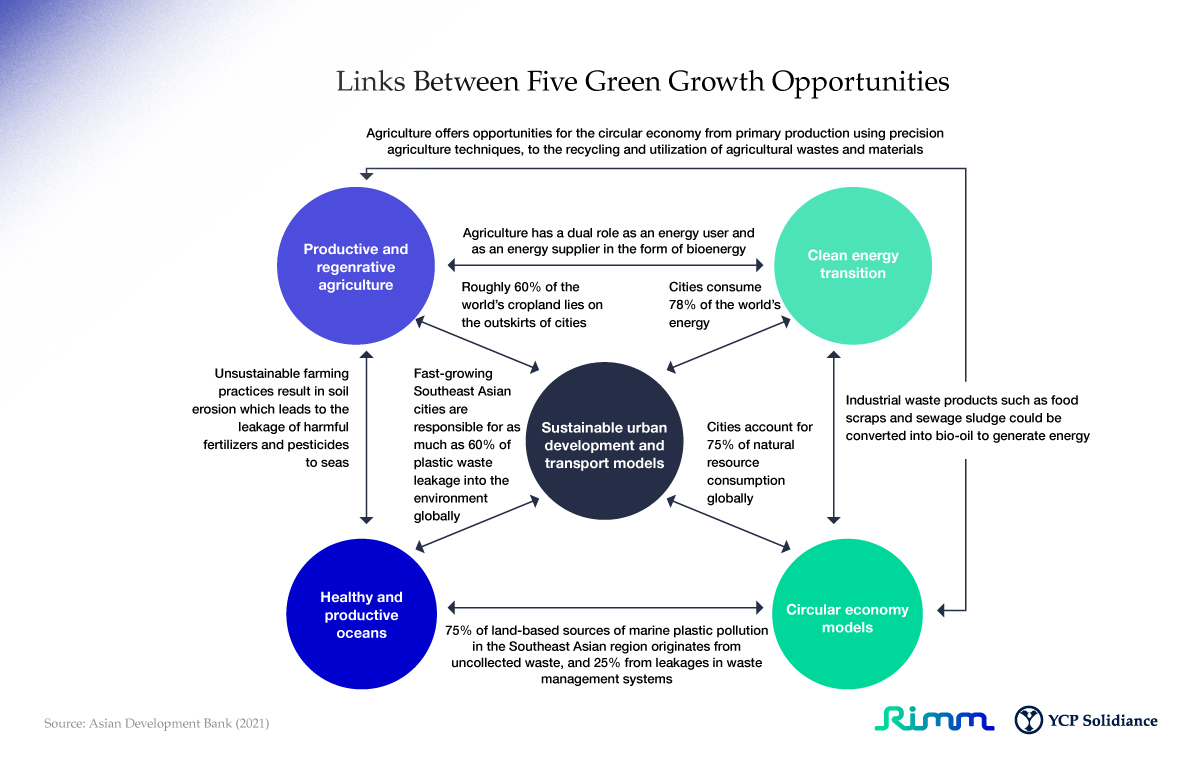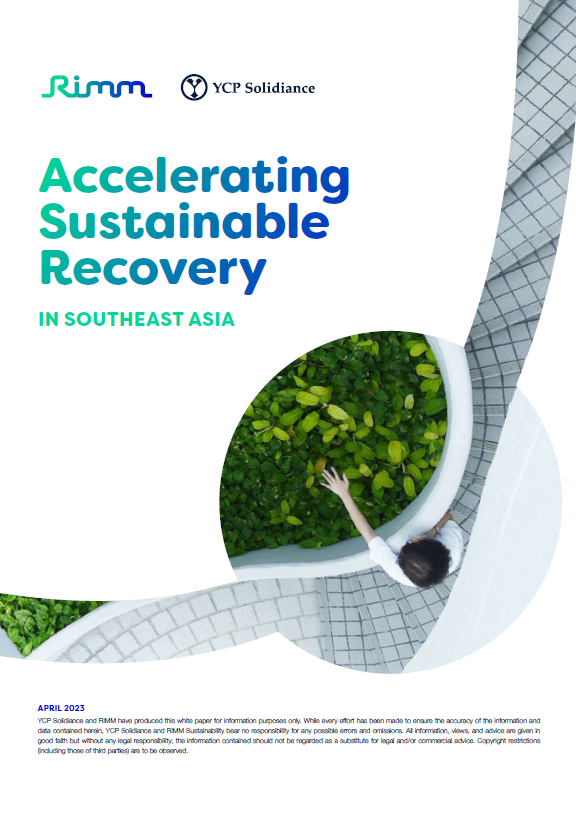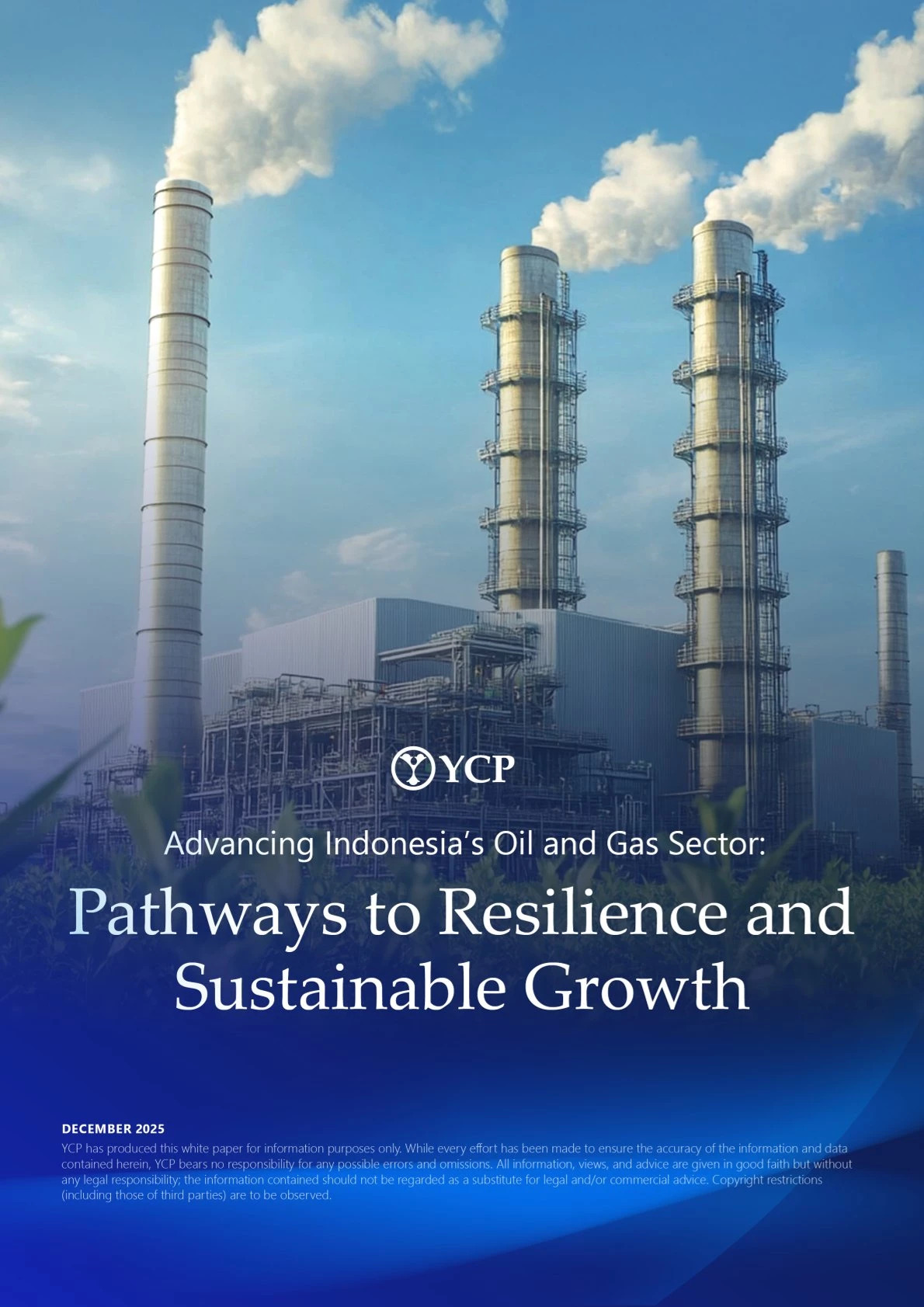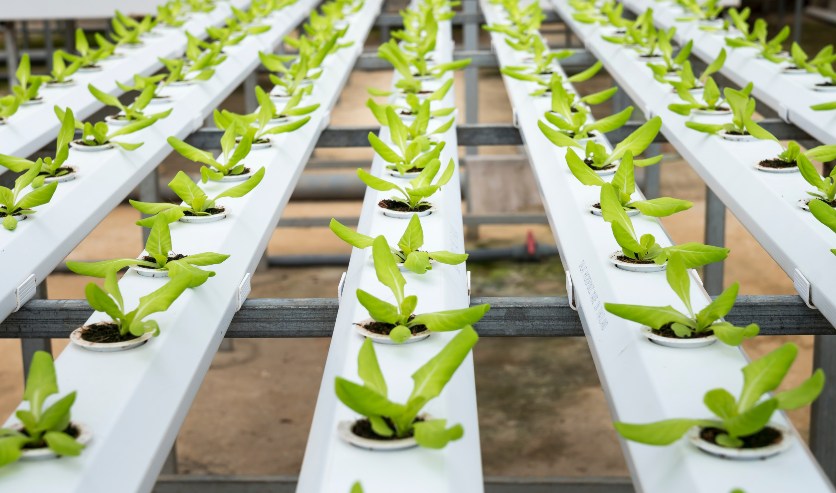The onset of the COVID-19 pandemic has further encouraged countries in Southeast Asia to accelerate their efforts towards sustainable recovery. Several measures have been put into place, including stimulus packages and fiscal policies, with the primary objective of driving sustainable recovery in the short-term. There is also rising emphasis on environmental, social, and governance (ESG) measures from stakeholders around the region, bringing greater attention to efforts being made by both public and private sectors.
Southeast Asia is a region brimming with tremendous potential, yet unlocking it requires dedicated collaboration between the public and private sectors. This alliance will be a crucial catalyst for the growth of sustainability in Southeast Asia, striking a delicate balance between sustainability and the region's high economic growth aspirations.
This publication—a collaboration between YCP Solidiance and sustainability management SaaS platform Rimm Sustainability—focuses on the growing expectation for corporates and governments to address and accelerate sustainable recovery in the region. This paper will explore key sustainability gaps and challenges in Southeast Asia, as well as the future outlook of ESG initiatives proposed and enacted by both public and private sectors.
Helping The Growth of Sustainability in Southeast Asia
Southeast Asia’s combined GDP makes it the fifth-largest economy globally, providing tremendous growth potential across countries and a variety of business industries. Investing in sustainable growth opportunities can bring significant economic benefits to SEA, with key green growth areas projected to drive overall development and improve the well-being of its people.
However, the region's progress towards sustainability has been slow due to challenges in regulatory alignment and coordination. Addressing these challenges requires collaboration between governments, the public, and private sectors. Moreover, achieving sustainable recovery can be achieved by tapping into key growth opportunities as illustrated below:







